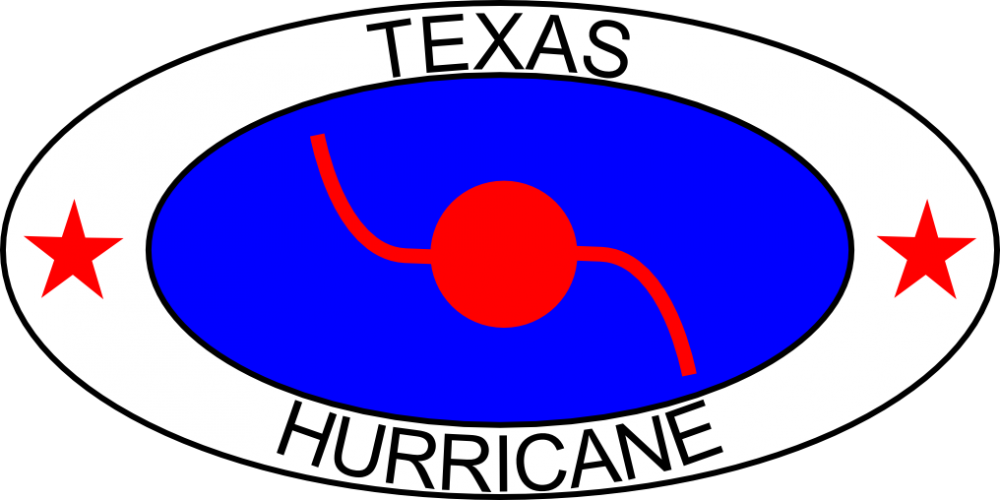History was made earlier today. Hurricane Michael made landfall as a Category 4 hurricane with 155 mph 135 knots 249 km/h. The highest wind on land is around 132 mph 115 knots 212 km/h with gusts as high as 198 mph 172 knots 319 km/h! It has a central pressure of 919 millibars and still intensifying! If it had been over water longer, it probably would of been a Category 5 hurricane. No doubt that Michael made history. Here is how Michael compares to past hurricanes.
Michael is the most intense Gulf Of Mexico hurricane since Rita (2005). Rita had a central pressure of 895 millibars with 180 mph 156 knots 290 km/h. Rita is the most intense Gulf Of Mexico hurricane recorded. There is no doubt there are stronger Gulf Of Mexico hurricanes that go unrecorded prior to the 19th century. Rita made landfall on the Texas and Louisiana border not before triggering a massive evacuation due to Katrina ravaging the Gulf Coast a month earlier. Michael is the most intense October Gulf Of Mexico hurricane since Opal (1995). Opal had a central pressure of 916 millibars and 150 mph 130 knots 241 km/h winds. Opal made landfall on Pensacola.
How does Michael stack up in terms of central pressure landfall for America and Atlantic Basin? Michael is the third most intense landfalling hurricane on America. Only the 1935 Labor Day and Camille have lower central pressures.
| Rank | Storm | Landfall Pressure |
| 1 | Labor Day (1935) | 892 mb |
| 2 | Camille (1969) | 900 mb |
| 3 | Michael (2018) | 919 mb |
| 4 | Katrina (2005)/Maria (2017) | 920 mb |
| 5 | Andrew (1992) | 922 mb |
| 6 | Indianola (1886) | 925 mb |
| 7 | Guam (1900) | 926 mb |
| 8 | Florida Keys (1919) | 927 mb |
| 9 | Okeechobee (1928) | 929 mb |
| 10 | Great Miami (1926)/Donna (1960) | 930 mb |
Michael has lower pressure than Katrina, Maria, and Andrew. Michael is the most intense Category 4 hurricane to make landfall on America. Katrina is the most intense Category 3 hurricane to make landfall on America. Katrina is much larger than Camille, Andrew, or Michael, which explains the low pressure and Category 3 winds. Texas’s most intense hurricane recorded is the 1886 Indianola Hurricane, which had a central pressure of 925 millibars. It is likely it had lower pressure. The 1900 Guam typhoon is the most intense typhoon recorded to hit Guam. It is very likely there have been more intense typhoons that hit Guam. Typhoons are often intense and often have lower pressure than the Atlantic. Category 5 typhoons happen every year. Let’s look at how Michael compares Atlantic Basin.
| Rank | Storm | Landfall pressure |
| 1 | Labor Day (1935) | 892 mb |
| 2 | Camille (1969)/Gilbert (1988) | 900 mb |
| 3 | Dean (2007) | 905 mb |
| 4 | Cuba (1924) | 910 mb |
| 5 | Janet (1955)/Irma (2017) | 914 mb |
| 6 | Cuba (1932) | 918 mb |
| 7 | Michael (2018) | 919 mb |
| 8 | Katrina 2005/Maria (2017) | 920 mb |
| 9 | Bahamas (1932) | 921 mb |
| 10 | Andrew (1992) | 922 mb |
Michael ranks seventh most intense basinwide hurricane landfall! The 1935 Labor Day Hurricane is still the most intense basinwide landfall. Camille (1969) and Gilbert (1988) tie as second most intense landfall basinwide. There is a unconfirmed report that the 1935 Labor Day Hurricane had pressure as low as 880 millibars! If that was true, it would be the most intense Atlantic hurricane, even surpassing Wilma!
Michael is one of the few Category 4 hurricanes to make landfall in October. Here is a list of hurricanes that made landfall on America in October.
1893 “Chenier Caminanda”
1898 Georgia Hurricane
1950 King
1954 Hazel
The last hurricane to make landfall on America as a Category 4 is Hazel in 1954. On top of it, Michael is a major hurricane over Georgia. The last time Georgia saw a major hurricane was in 1898! It is from the Georgia Hurricane.
History and statistics aside, we are going to be hearing and seeing a lot of destruction and likely more deaths from Michael. It could be a very costly hurricane for sure.































































